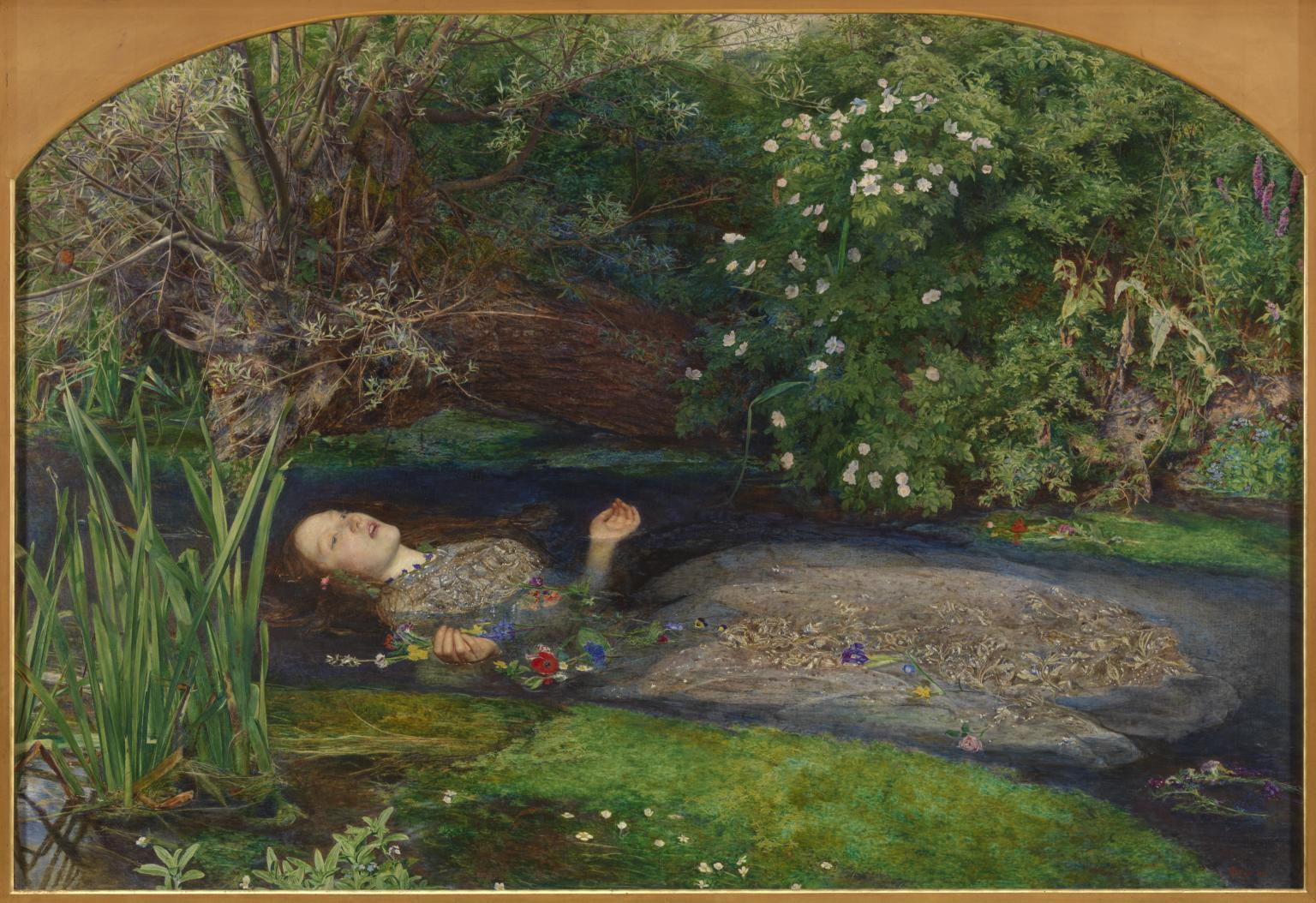Frequently referred to as the Pre-Raphaelite Supermodel, even those who do not recognise Elizabeth Siddal’s name will know her pale oval face and flowing red tresses. The famous muse of Dante Rossetti, Siddal posed for quintessential paintings and sculptures of the Pre-Raphaelite movement, the most famous of which is undoubtedly Millais’ Ophelia. Despite her reputation as an artist’s model, her own paintings have enjoyed modest recognition. Up until now however, her poetry, heavily edited by brother in law William Rossetti, has been unfairly criticised by him as ‘restricted in development’ and ‘too hopelessly sad for publication.’
My Ladys Soul: The Poetry of Elizabeth Siddal, published by Victorian Secrets, will be released Friday 28th September. Dr Serena Trowbridge, a Senior Lecturer at Birmingham City University, has undertaken extensive archival research to restore Siddal’s words to their previously unedited state.
The new collection of Siddal’s poetry will not only contain, as Trowbridge puts it, ‘her own words in her own writing’, but reproduced poems and fragments never before published. Each poem will be accompanied by notes and analysis and the edition will contain a detailed introduction, portraits of Siddall and a previously unpublished letter from the poet herself.
In a recent Guardian interview, Trowbridge says of Siddal ‘I think her own work has always been overshadowed by paintings of her, and of course the work of women Pre-Raphaelites in all areas has always been seen as second to the men.’ She adds ‘I wonder if her poetry has not been taken seriously by scholars because it’s always been read as autobiographical, so it’s often seen as ‘evidence’ rather than art.’
The ‘evidential’ status of her poetry is perhaps due to the fact that her work has been conceived as ‘too personal or too sad,’ as William Rossetti phrased it. Siddal wasn’t willing to pedal the same rose-tinted romanticism that her male counterparts so famously endorsed.
Behind her words you’ll find a thinly-veiled cynicism. Read The Lust of the Eyes and find a mistrust of men and all things romantic, or turn to Dead Love, praised by Christina Rossetti for its ‘cool, bitter sarcasm.’ Read any one of her poems, in fact, and you’ll find that the value of Siddal’s work lies in its artistic, not evidential, merit.
Trowbridge sells Lizzie somewhat short when she says ‘what she writes shows she understands how words work, how form and scansion affect a poem.’ To say so is an understatement. Her poetry is certainly uncomplicated, almost nursery-rhyme like, but when paired with her sadness this adds a haunting simplicity: ‘My outward life feels sad and still / Like lilies in a frozen rill;’ (Lord May I Come?)
Unlike previous edited versions, the new edition will be ‘unpolished,’ Trowbridge advises. It’s refreshing to see Siddal’s poetry valued in the same way her self portrait has been praised: unrefined, honest, and showing a different side to the silent muse of the Pre-Raphaelites. The removal of William Rossetti’s heavy and misguided censorship gives her words a truth and authenticity.
In a time of evolving feminist politics, Trowbridge has been able to give a voice to a poet silenced by the Victorian Patriarchy. Siddal never saw her work published in her lifetime. My Ladys Soul: The Poetry of Elizabeth Siddal will address this injustice.
Helen Woodhouse
Image Courtesy of Tate

